10 untold facts of chandrashekhar azad (greatest indian freedom fighter
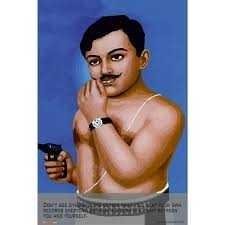
#1 Chandra Shekhar's mother wanted to make her son a great Sanskrit scholar and so she persuaded his father to send him to Kashi Vidyapeeth in Varanasi to study Sanskrit.
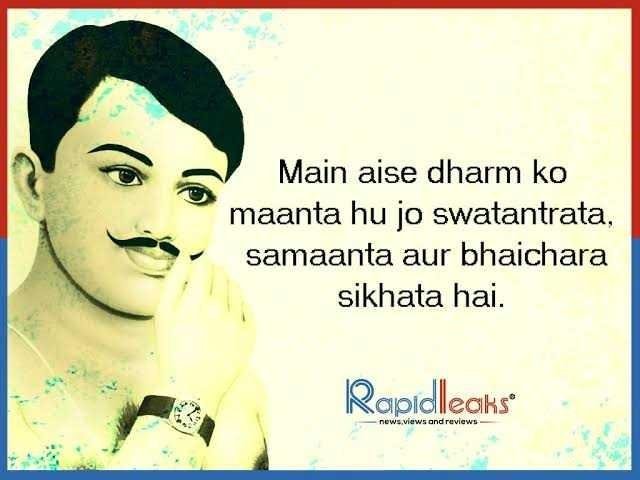
#2 In December 1921, when Mahatma Gandhi launched the non-cooperation movement, he joined in despite being just a student.
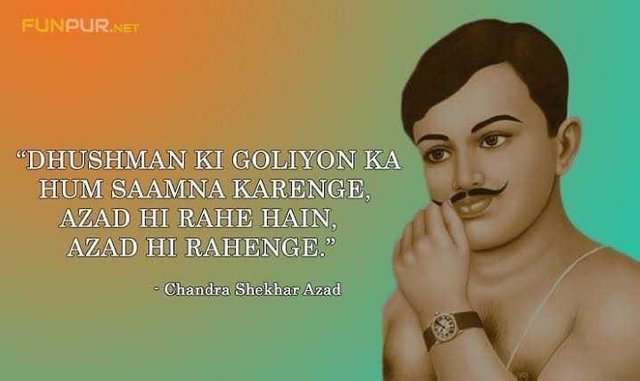
#3 He also learned archery from the tribal Bhils of erstwhile Jhabua district which helped him during the arms struggle against the Britishers.
#4 He was most famous for the Kakori Rail Dacoity in 1925 and the assassination of assistant superintendent of police John Poyantz Saunders in 1928.
#5 As a revolutionary, he adopted the last name Azad, which means "free" in Urdu. Legend has it that while he adopted the name, he vowed the police would never capture him alive.
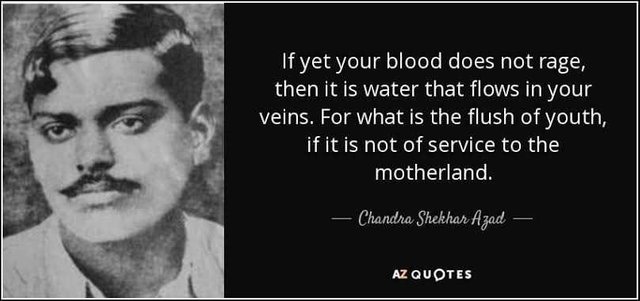
#6 Azad was also a believer in socialism as the basis for future India, free of social and economic oppression and adversity.
#7 Azad did not feel that violence was unacceptable in the struggle, especially in view of the Jalliawallah Bagh Massacre of 1919, where Army units killed hundreds of unarmed civilians and wounded thousands. Young Azad was deeply and emotionally influenced by the tragedy.
#8 Bhagat Singh joined Azad following the death of Lala Lajpat Rai, after he was beaten by police officials. Azad trained Singh and others in covert activities.
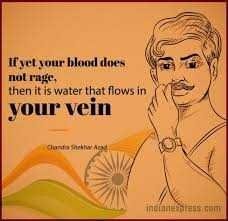
#9 On February 23, 1931, police surrounded Azad and he was hit on his right thigh making it difficult for him to escape. With one bullet in his pistol and surrounded by police, he found himself outnumbered. He shot himself keeping his pledge of never being captured alive.
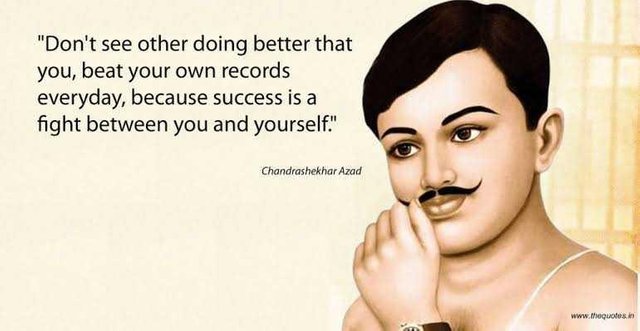
#10 Alfred Park in Allahabad, where Azad died, has been renamed Chandrashekhar Azad Park. Several schools, colleges, roads and other public institutions across India are also named after him.
Jay hind